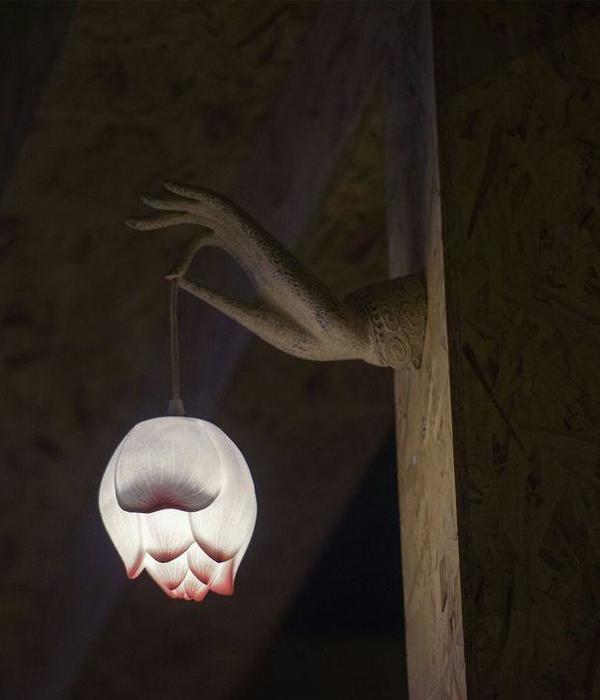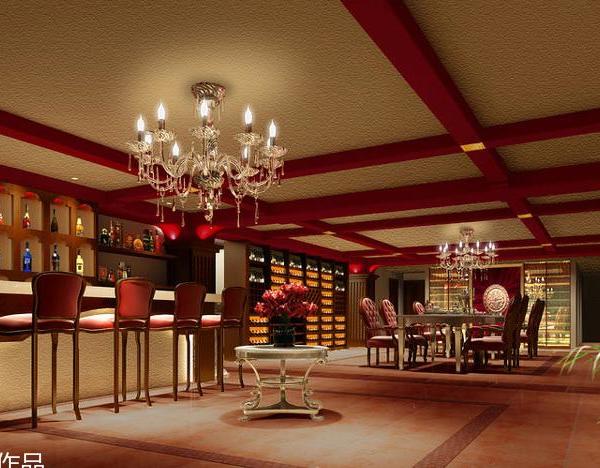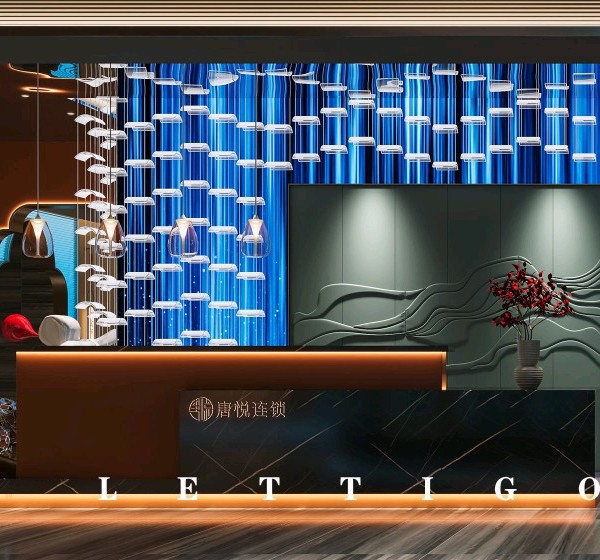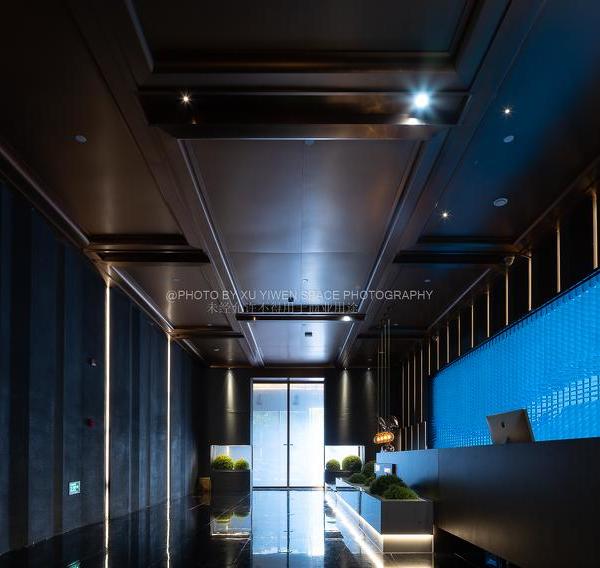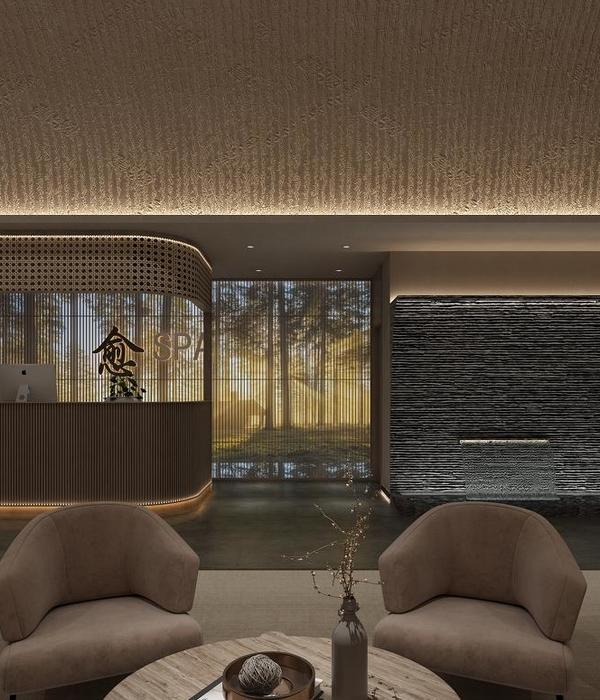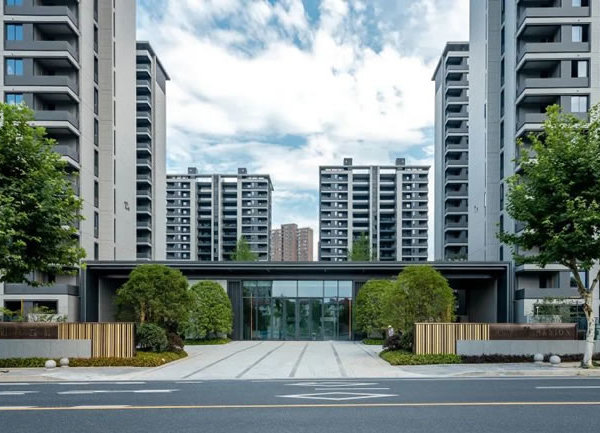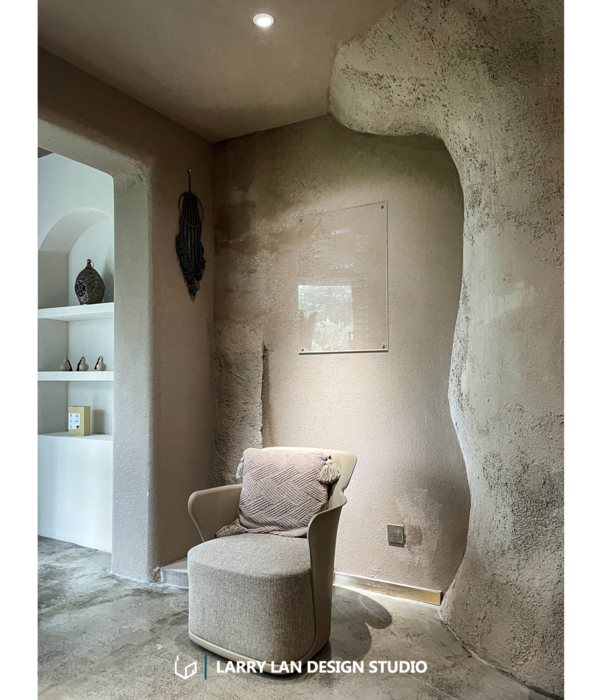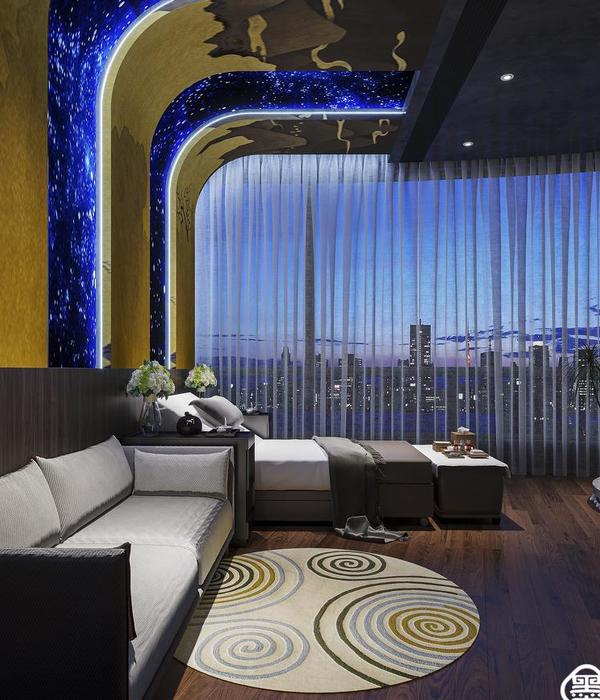Potato Head Hong Kong represents Tokyo-based architect Sou Fujimoto’s first project in the city. The 8,000 square foot space is a collaboration between Fujimoto and PTT Family’s in-house creative team, blending Fujimoto’s signature style with the group’s drive to champion Indonesian craftsmanship in a modern context.
Potato Head Hong Kong’s design showcases a deft mix of contemporary and traditional influences through lightweight metal fixtures with heavy crafted teak wood. The mixed-used space evokes a residential feel with distinct areas that organically flow into each other.
Fujimoto is best known for being invited to design the 2013 Serpentine Gallery Pavilion. Aside from becoming the youngest architect to earn one of his industry’s highest honours, he joined an illustrious list of past pavilion architects that includes Frank Gehry and the late Oscar Niemeyer.
Potato Head Hong Kong presented an opportunity for Fujimoto to explore the concept of inside and outside spaces in one of the most densely populated cities in the world. Starting with Potato Head’s façade, he takes deceptively simple exterior glass panels and applies a pattern that echoes traditional Hong Kong window frames, and uses these to cover the entire structure. Traditionally made with steel, the frames are designed to enhance security. The effect is a transparent homogenous façade that doesn’t impose itself on the neighborhood, but quietly – yet impressively – stands out. From a distance, the venue appears as a strong, white glowing object. Only upon approach, does it reveal its intricate pattern.
In the same way his lattice structure for the Serpentine Pavilion acted as a permeable membrane blurring the boundaries between exterior and interior, Potato Head’s entrance opens up to the community to allow his installation to pour into the street. This underscores Potato Head’s aim to be a welcoming destination for everyone, from locals popping in to grab coffee or stopping by to shop for artisanal homewares, to executives spending the morning working in the lounge and families enjoying a meal at Kaum restaurant.
The entrance is marked with a coffee counter that opens to the street and a retail space where the architect’s now-iconic metal frames and boxes create distinct but open spaces. Suspended from the ceiling are Fujimoto’s stainless steel planters, creating the illusion of a floating forest over a space that imperceptibly appears to have no boundaries.
The bar area is a colourful and tropically inspired space that most clearly references PTT Family’s island home and flagship property in Bali. The vibrant walls and open-plan setup represent the laid-back and optimistic vision of Potato Head. Another signature feature of the brand design DNA is the mix of customised, Indonesian furniture with mid-century classics and antique pieces like the Marcel Breur leather armchairs.
The interior’s piece de resistance is in Kaum, PTT Family’s modern Indonesian dining concept, where over 700 hand-painted panels from Toraja flank the ceilings and walls. These panels were made by families of craftsmen and commissioning this staggering number of carvings helped ensure the skill is passed on to the younger generations of the village that made them. While the black colour of the panels is actual paint, the yellow and orange hues are taken from local stones. The timber (kayu uru) used for the panels are also grown locally in Toraja.
Hidden behind Kaum is the Music Room, one of the most unique spaces in Potato Head. Designed to become a hub for the city’s record collectors and audiophiles, it conveys the mood of a secret music lounge. Accessed three ways -- through a hidden corridor from the entrance, through Kaum or through a secret entrance on High Street – it’s wood-paneled and deeply insulated interiors provide the optimum listening experience for guests. An entire wall of the room is filled with records as well as the mammoth JBL 4350 speakers.
As a destination, Potato Head Hong Kong is a welcoming and bustling space for everyone to enjoy without feeling penned in, a rarity in urban Hong Kong.
{{item.text_origin}}

